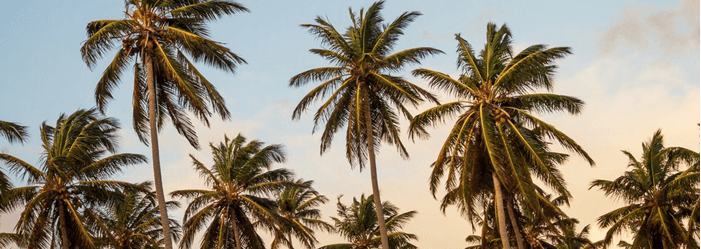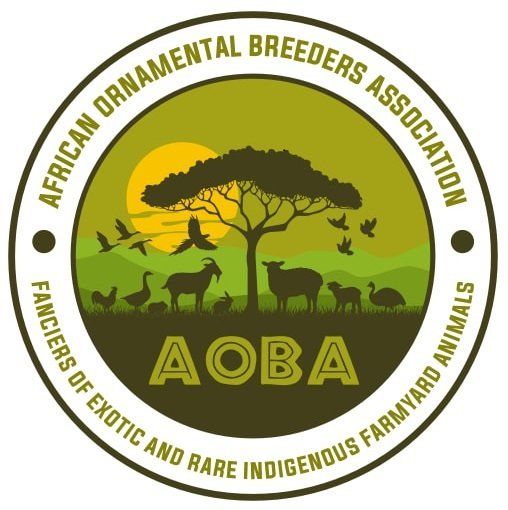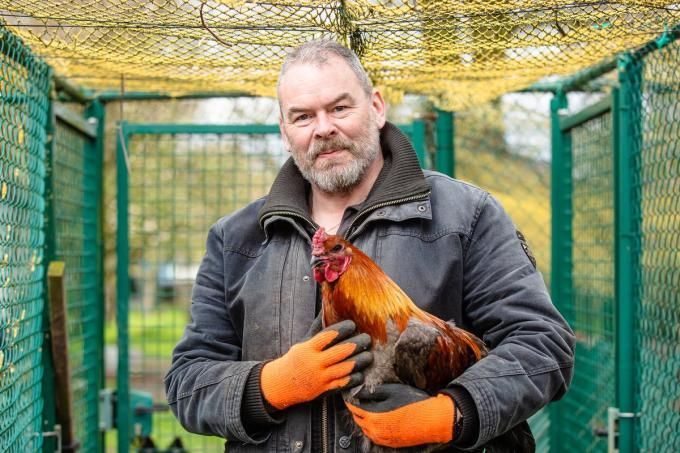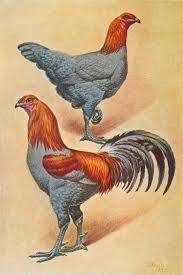My start with Belgian and Waas bantams. (Part 1 - 2025)
My start with Belgian and Waas bantams. (Part 1 - 2025)
By Jean Kiala-Inkisi

Belgian Bantam & Waas Bantam: two Belgian bantam breeds with a shared origin
The Belgian Bantam and the Waas Bantam are two closely related ultra-rare Belgian bantam chicken breeds that both descend from local landraces once widespread across the country. These breeds were developed in the early 20th century through selective breeding from these traditional types.
The Belgian Bantam originated around 1900 in the Liège region, making it a Walloon breed. It was developed by selecting from local bantams, which were commonly referred to in Flanders as “English chickens” ("Engelse kiekens" or "Engelse kiekskes"). At the same time, other breeds were being developed from local fowl — such as the Bassette in Belgium and the Dutch Bantam in the Netherlands. The official breed standard for the Belgian Bantam was established in 1934, and since 2000, the breed registry has been maintained by the Royal Federation of Small Animal Breeders of Belgium. Today, the breed is most commonly found in Flanders, and to a lesser extent in Wallonia and the Netherlands.
The Waas Bantam, by contrast, is a distinctly Flemish breed originating in the Waasland region, west of Antwerp. Genetically, it is nearly identical to the Belgian Bantam, with just one visible difference: the type of comb. The Waas Bantam has a rose comb, while the Belgian Bantam has a single comb. In local dialect, this small chicken is also affectionately known as the "Steens Kieksken". Apart from the comb, the two breeds follow exactly the same breed standard.
This difference in comb type is rooted in genetics. The rose comb is dominant, and the single comb is recessive. This means that two Waas Bantams can occasionally produce a chick with a single comb — a Belgian Bantam. However, a Belgian Bantam, being genetically pure for the single comb trait, will never produce a Waas Bantam.
When two Waas Bantams each carry the gene for the single comb, they can together produce offspring with that trait. If a Belgian Bantam is crossed with a Waas Bantam that is genetically pure for the rose comb, all resulting chicks will have rose combs.
Though the difference between these two breeds may seem minor at first glance, it reflects a fascinating genetic story and a rich regional heritage. Two Belgian bantam breeds — one from Flanders, one from Wallonia — each with its own character and cultural background.
My start with Belgian and Waas bantams. by Jean Kiala-Inkisi
In January 2025, I began my journey with ultra-rare Waas and Belgian Bantams by acquiring 205 Waas Bantam hatching eggs, along with eight Waas Bantam hens and two cockerels in various colors from Kristof Van Goethem. Kristof also generously gifted me a Blue Partridge Belgian Bantam cockerel, originally from Pieter Van Dyck. Additionally, I received three more cockerels from Jan De Coninck: a Yellow Partridge Waas Bantam, a Red-Shouldered Silver Partridge Waas Bantam, and a Dirty White Red-Shouldered Silver Belgian Bantam.
The eggs hatched in early February 2025, and I raised the chicks in a separate pen to maintain the purity of each bloodline. In March, I separated the Belgian Bantam chicks from the Waas Bantams hatched from Kristof’s eggs. These were traded with Pieter Van Dyck in exchange for a White Red-Shouldered Silver Partridge Belgian Bantam cockerel, carrying gold, silver, and dominant white genes. Pieter also gave me a Partridge Belgian Bantam hen. This cockerel became a valuable addition to my breeding program, particularly in my efforts to develop White Partridge Waas Bantams.
Throughout April and May 2025, I incubated approximately 300 Waas Bantam eggs, sourced from several breeders including Jan De Coninck, Tijs Hooftman, and Cedric Van de Walle. Fertility rates were generally high. However, I must honestly report that many of the resulting chicks did not meet the expected color standards—most turned out to be Blue Partridge.
In June 2025, I added a Partridge Belgian Bantam cockerel, along with a Blue Partridge hen and five Partridge hens. I also acquired a Black Belgian Bantam cockerel and five Black hens from Johan Devos.
As of June 15, 2025, my observations indicate that Blue Partridge is currently the most common color variety among Waas Bantams in Belgium. The standard Partridge, Blue, and Black varieties are seen less frequently, while Wheatens and Silver Partridges are rare. White, Silver Wheaten, and Yellow Partridge are extremely rare. In the Belgian Bantam, Partridge, Blue Partridge, and Black are the predominant colors. A small number of White Partridges exist, but I have not encountered any Wheaten or Silver Partridge Belgian Bantams—these varieties may no longer be present in the population.
Initially, I had planned to continue hatching eggs through September 2025. However, as fertility began to decline, I decided to step back from that plan. It wasn’t that I was opposed to raising chicks through the winter—I’ve done it before—but it simply became less practical.
Out of approximately 300 chicks, I have kept only around ten. The rest were culled. Hatching large numbers was necessary to allow for strict selection while still retaining a few birds of quality. Unfortunately, the overall condition of the population leaves much to be desired.
Based on what I have purchased, received, or hatched, these are the chickens I have chosen to keep for the 2026 breeding season. (Photos taken on ............... ..., 2025)



